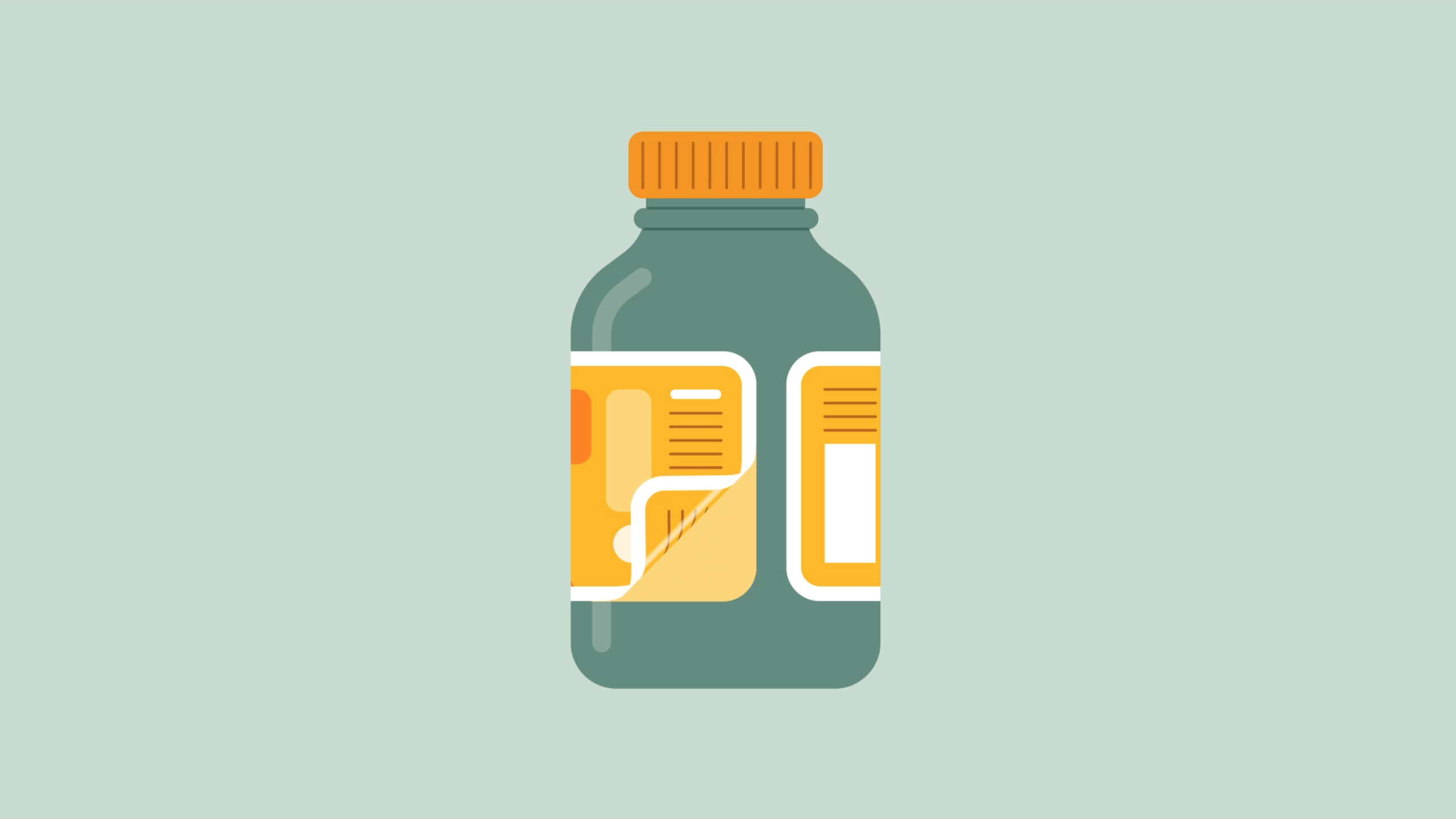
PerfectPeel™ Lidding Film Helps You “Lose Weight” & Reduce Shipping Cost
Not only is PerfectPeel™ One a sustainable option from a plastic reduction/ weight loss standpoint, but there’s even more!

Working with AWT offers customized solutions with a variety of materials and expertise. Our experts provide technical advice for choosing passive RFID technology, testing for readability, and optimizing label or tag design. AWT has access to a wide range of label materials, adhesives, and passive RFID chips, which can be used to create high-quality and reliable solutions. Customers benefit from our experience to reduce in-house production costs, and ensure high-quality products.

RFID technology has come a long way and is now prevalent in healthcare, pharmaceutical research, and laboratories. Check out this case study and discover how medical RFID is changing the face of healthcare.
Radio Frequency Identification (RFID) has been considered one of the most promising technologies in healthcare and has been recognized as a smart tool with the potential to overcome many challenges that healthcare encounters—such as inaccurate pharmaceutical stock, inability to track medical equipment, difficulty in tracking patient locations, patient safety incidents, administration of incorrect drugs, medical errors including mislabeled blood samples, and drug quantities.


Not only is PerfectPeel™ One a sustainable option from a plastic reduction/ weight loss standpoint, but there’s even more!

From Shrink Sleeves to Labels. Whether you’re managing hundreds of SKUs, responding to new regulations, or elevating your brand’s shelf presence, packaging flexibility has never been more critical.

A global point-of-care (POC) diagnostics startup was preparing to launch an innovative new product but faced a critical production challenge. Their blood diagnostic tests featured a unique disc design, incorporating various sealing tapes and labels that required precise placement. The pressing question: could they maintain tight tolerances in positioning without triggering an unintended chemical reaction during the production process?

AWT Labels & Packaging
Headquarters
600 Hoover St NE #500
Minneapolis, MN 55413
Join our mailing list and stay up to date on our expertise!
AWT is the trusted partner for leading brands; delivering comprehensive, innovative, and sustainable labeling, packaging, and converting solutions with exceptional quality, expertise, and responsiveness. © 2025 All Rights Reserved AWT | Terms & Conditions of Sale | Privacy Policy